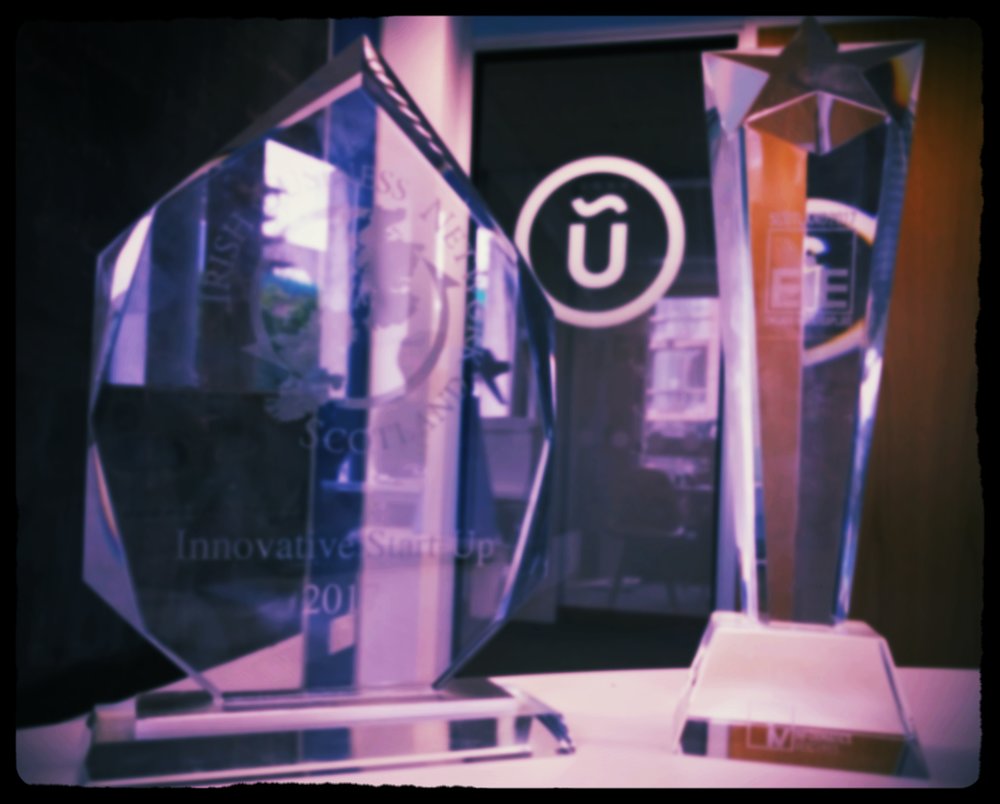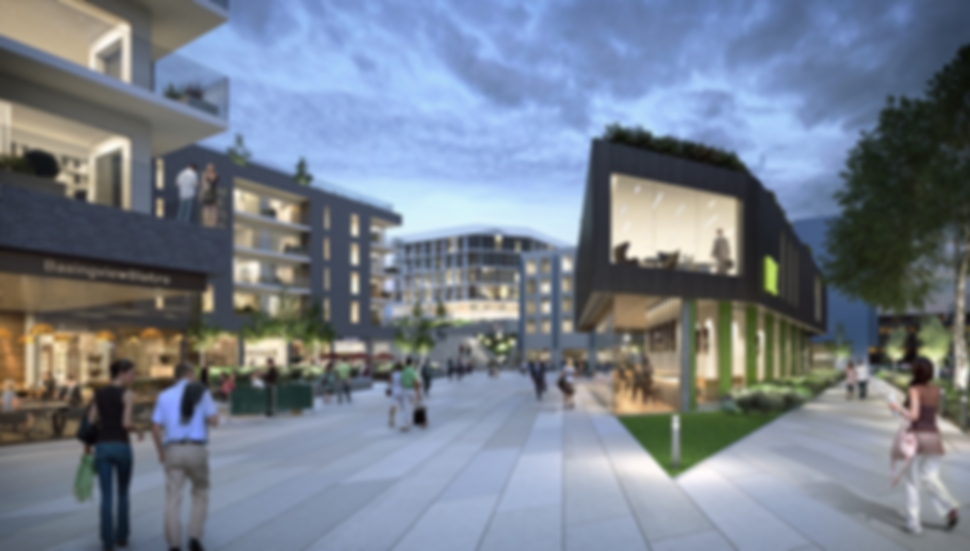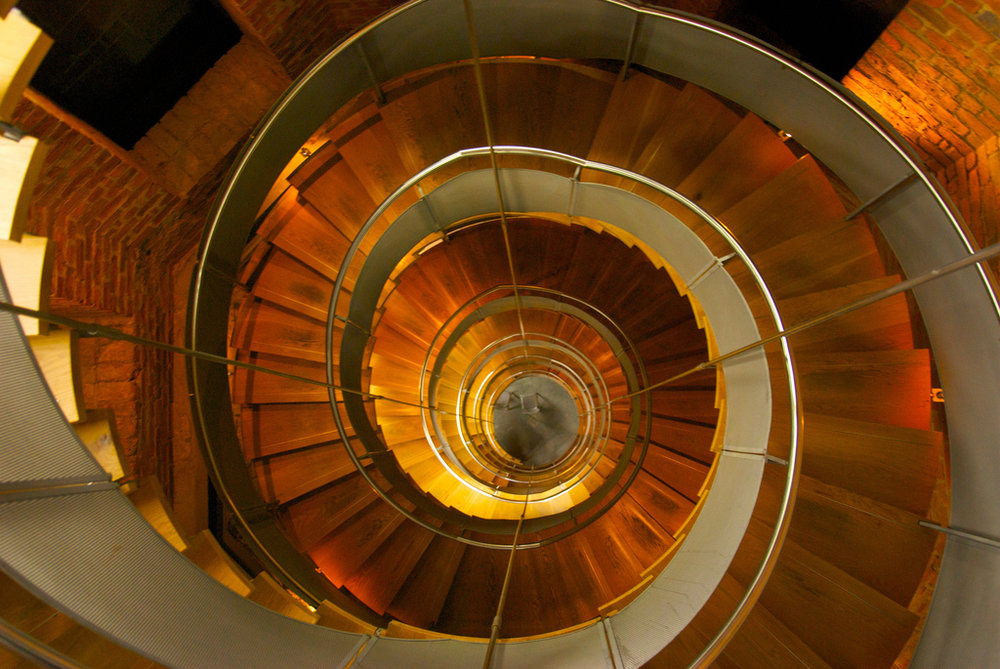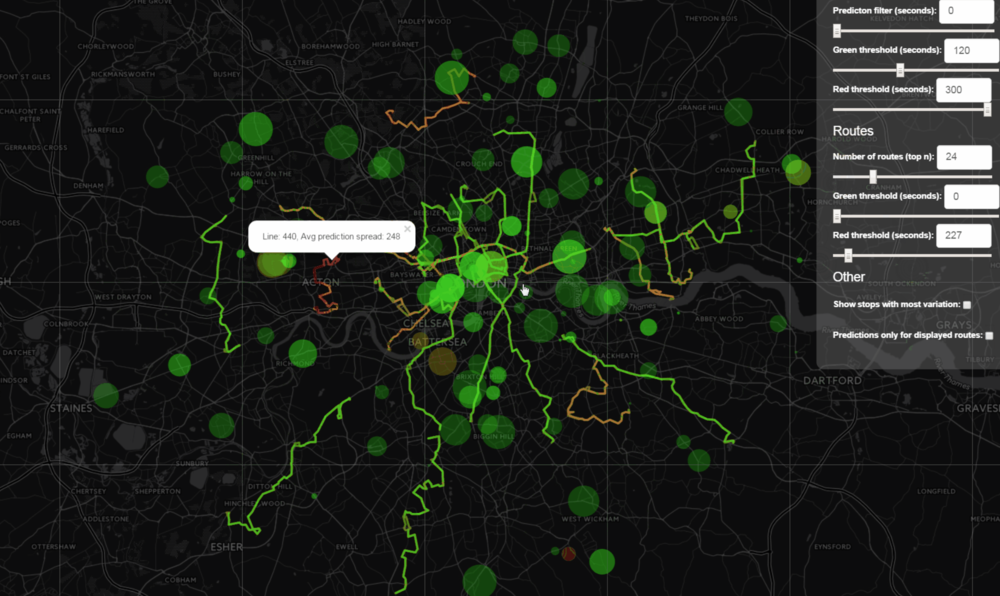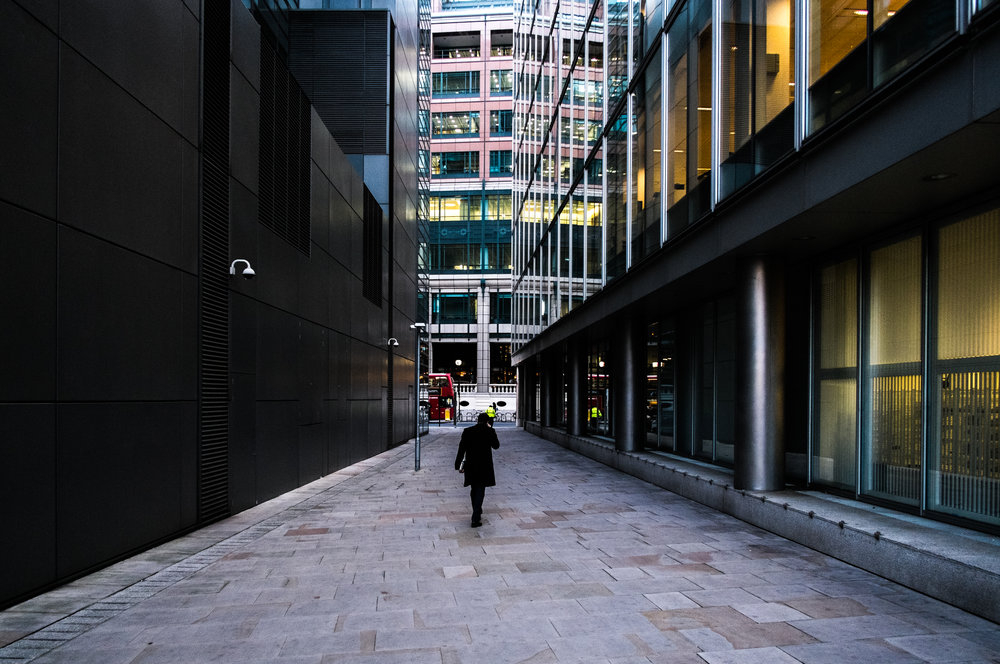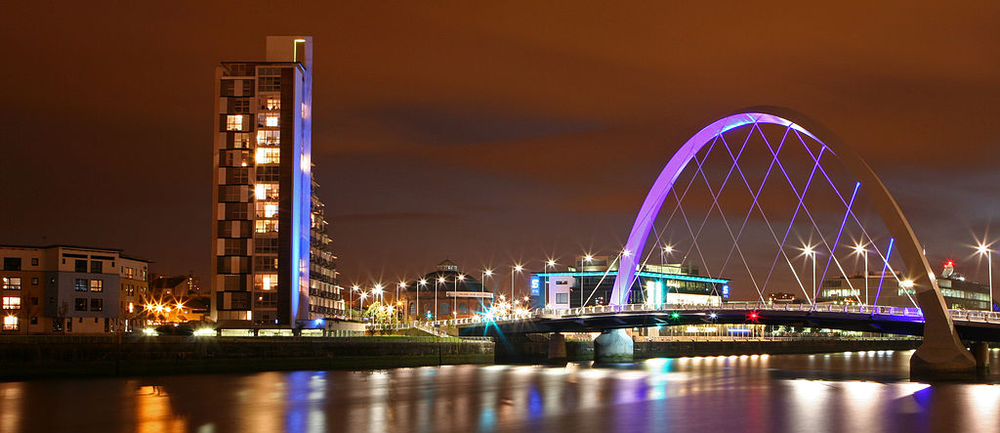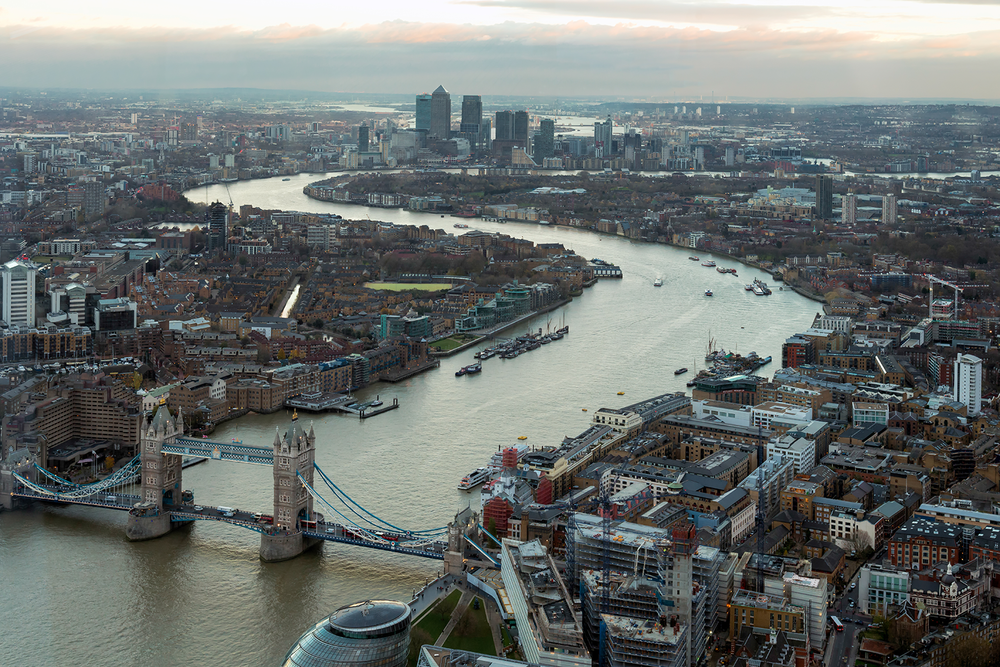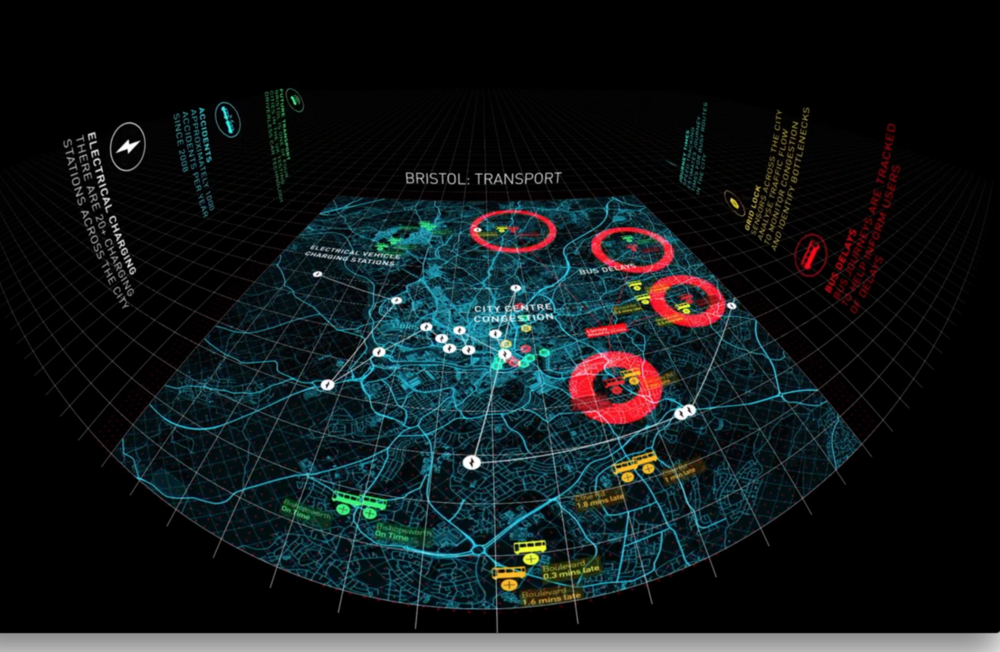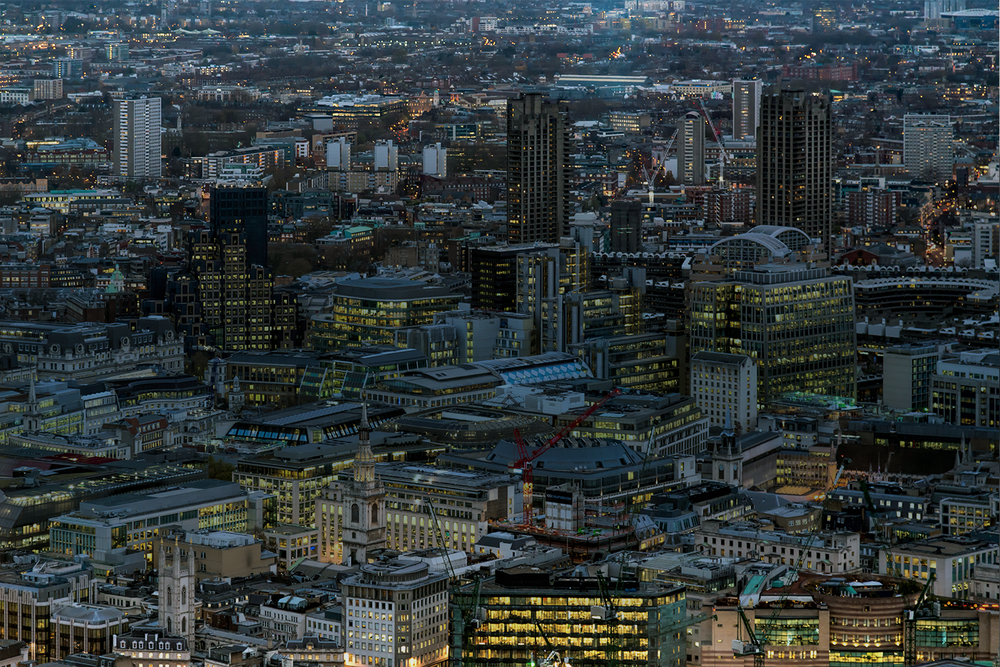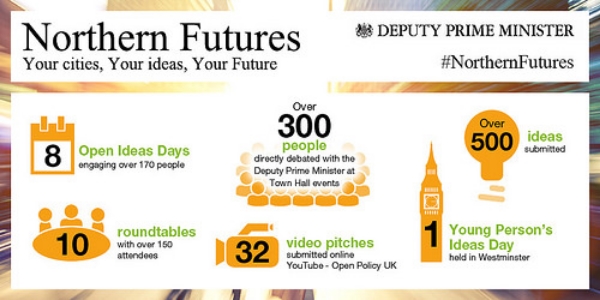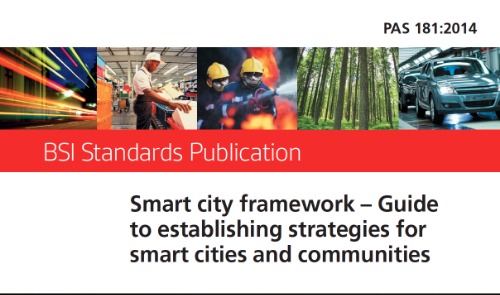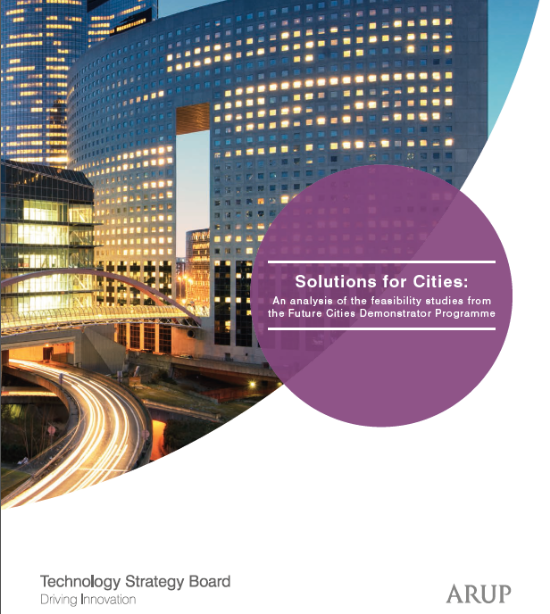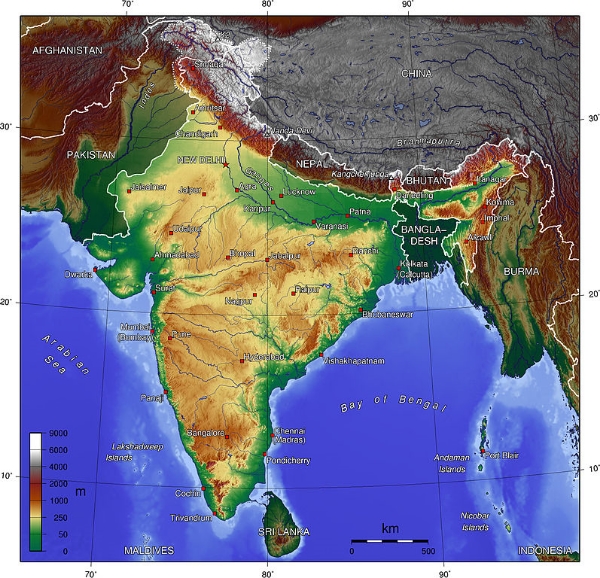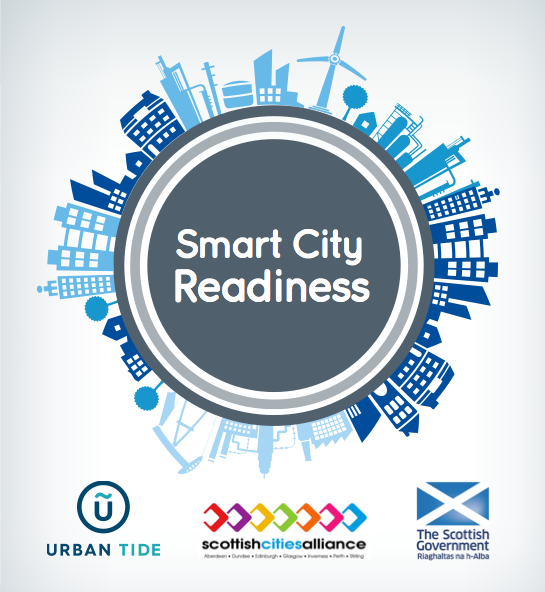5 Smart Cities Case Studies.
For a city to become 'smart' there must be in place a constant cycle of innovation and iteration whilst never losing sight of citizen benefits, which is the primary motivation for success.
December 8, 2014

With this is mind, Urban Tide presents the following 5 case studies of remarkable and effective initiatives that inform future practices along the road to smarter and more connected urban spaces.
1: Parking in Barcelona
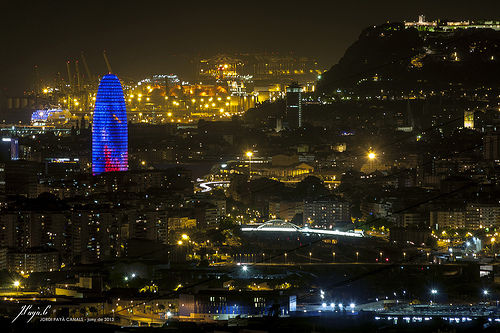
Image via vilaweb.cat
A favourite statistic we have at Urban Tide is that 40% of traffic in city centre areas is caused by drivers looking for parking spaces. This gridlocked inertia is a universal frustration creating increased congestion, noise and pollution in areas where citizens live and work. Barcelona employed smart technology to cure this particular ill.
By utilising display panels and by embedding sensors in free parking spaces, alongside apps that allow the information to be received and payment to be managed, the Catalonian capitol has managed to reduce wasted time, facilitate fluid traffic flow through the city and reduce the petrol use, a benefit to the environment. No doubt noise pollution was cut as well!
Read more about this pilot here.
2: Waste Management in Sweden
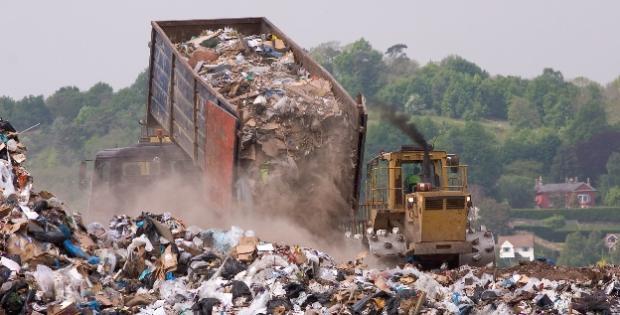
Image via smartcitiescouncil.com
Less than 1% of Sweden's rubbish goes to landfill.
The Swedes integrated recycling as part of their everyday lives and that which cannot be recycled is sent to incineration plants. Their waste management system sees 50% of the country's annual 4.4 million tonnes of rubbish recycled and 50% of that rubbish is devoted to energy recovery at incineration plants. The heat from the incineration plants is used to power Swedish homes. For example, in Helsingborg, 40% of homes are heated via this recovered energy.
This recovered energy is attached with the plants operating at only half capacity, creating an unusual market: the UK has begun to impose heavier taxes on landfill sites, leading to an agreement to export rubbish to Sweden.
Any carbon footprint concerns can be assuaged with the assertion that Sweden's incineration plants are at half the allowed emissions quota set by the Swedish authorities.
The long-term solution is to be more efficient and sustainable as a species, ultimately producing significantly less waste; however, this is exactly the sort of initiative that will provide the foundation that future innovation will need to succeed.
Read more on this fantastic initiative here.
3: Smart Housing in Hamburg
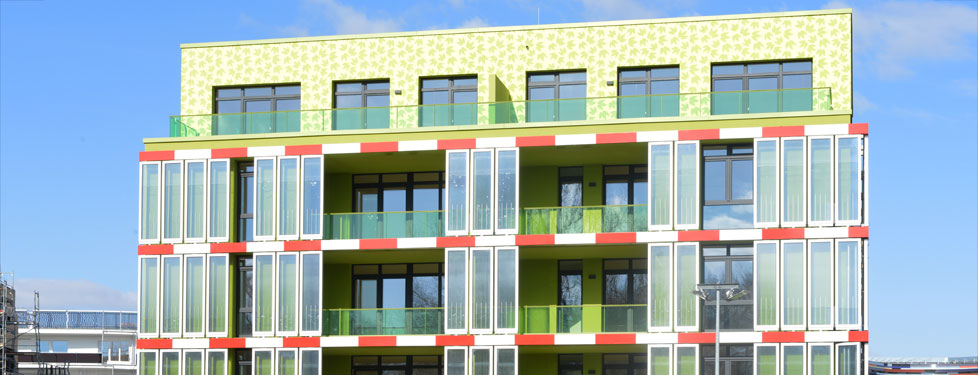
Image via iba-hamburg.de
Hamburg is home to the "first building in the world to have a bioreactor facade".
In a fantastic piece of innovation, the cladding of the house provides aesthetic insulation and protection from the elements whilst cultivating algae that can be turned into huge levels of biogas.
Biogas can be used as a fuel or for heating purposes such as for cooking. It can also be stored in a gas engine that converts it into electricity and heat, amongst many other uses.
Light, water and C02 are provided and the algae get to work photosynthesising (a process you can watch from your balcony) and therefore helping to eventually create five times the amount of biogas that can be derived from soil-based plants. The light that the algae don't use is captured by solar panels and converted into heat which is either used or stored for use by the properties.
It is an absolutely fascinating concept and we urge you to have a look here.
4: Amsterdam - The Sunlit Road
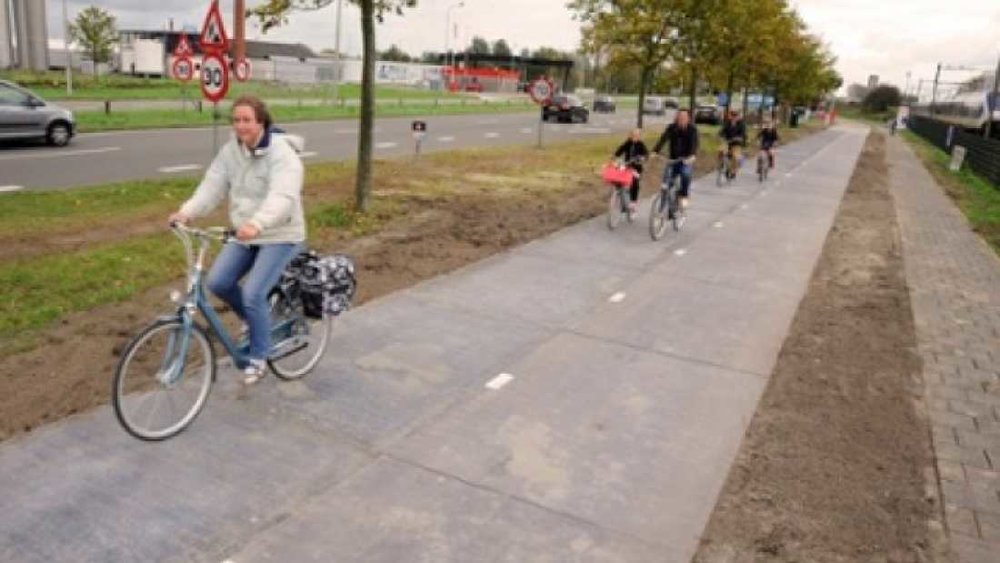
Image via iflscience.com
TNO Research Institute in Amsterdam is running an interesting solar cyclepath pilot in the Krommenie and Wormerveer areas of the city.
The 70-metre stretch of pathway receives around 2,000 cyclists a day and although the pathway doesn't seem very long, when it is extended to 100 metres in 2016, the energy generated from the pathway could be enough to power two to three homes. The potential from there speaks for itself and should the initiative be successful, TNO believes that up to 20% of the Netherlands’ 140,000 kilometers of road surface could be converted into solar roads "which could rake in a lot of energy".
The panels are skid resistant, self cleaning and withstand the weight of solid steel balls being dropped on them; however, due to their location, the amount of energy stored and generated is around 30% less than panels mounted on roof tops. There is also the issue of outlay. This initiative costs €3 million. Fortunately, the cost will come down over time as further discovery, innovation and standardisation is performed.
Read more about the pilot here.
5: Songdo - Smart City from Scratch
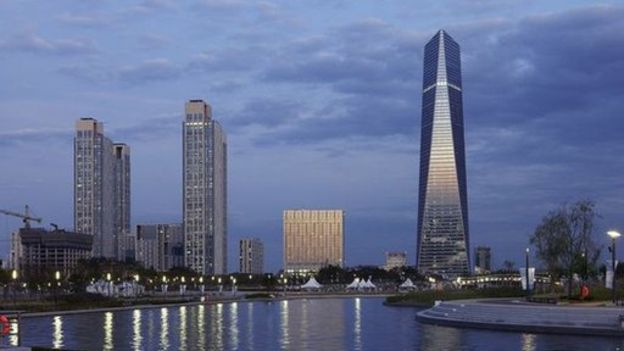
Image via bbc.co.uk
Some pilots are more ambitious than others. Building an entirely new smart city from the ground up probably represents as high as you can aim. But that is exactly what South Korea did with Songdo.
It has so far cost $40 billion and comprises an area of the Incheon Free Economic Zone. It is entirely privately owned, making it the largest private real estate investment in history.
80% of Songdo's funding is earmarked for green technology and it is the second city in the world to have all of its major buildings on a par or below the levels set by the green energy certification, LEED (Leadership in Energy and Environmental Design).
Despite this, the city is not totally without opposition. It is built from reclaimed land, causing some environmentalists to lament the loss of tidal flats important for that particular ecosystem.
Then again, Songdo does have a primary focus on sustainability. 40% of the area is reserved for open space; there are numerous charging stations for electric cars around the city and a waste collection service that altogether eliminates the need for rubbish lorries.
What Songdo helps us realise is that there is no project too big or too small for 'smart'.
Read more on the keystone smart city project here.
More
Unlocking Ireland's Data Potential: Navigating the Open Data Directive with UrbanTide
News

UrbanTide's Commitment to Security: Officially ISO 27001 Certified!
News

uZero was awarded the edie Net Zero Innovation of the Year: Software, Systems & Services Award
News
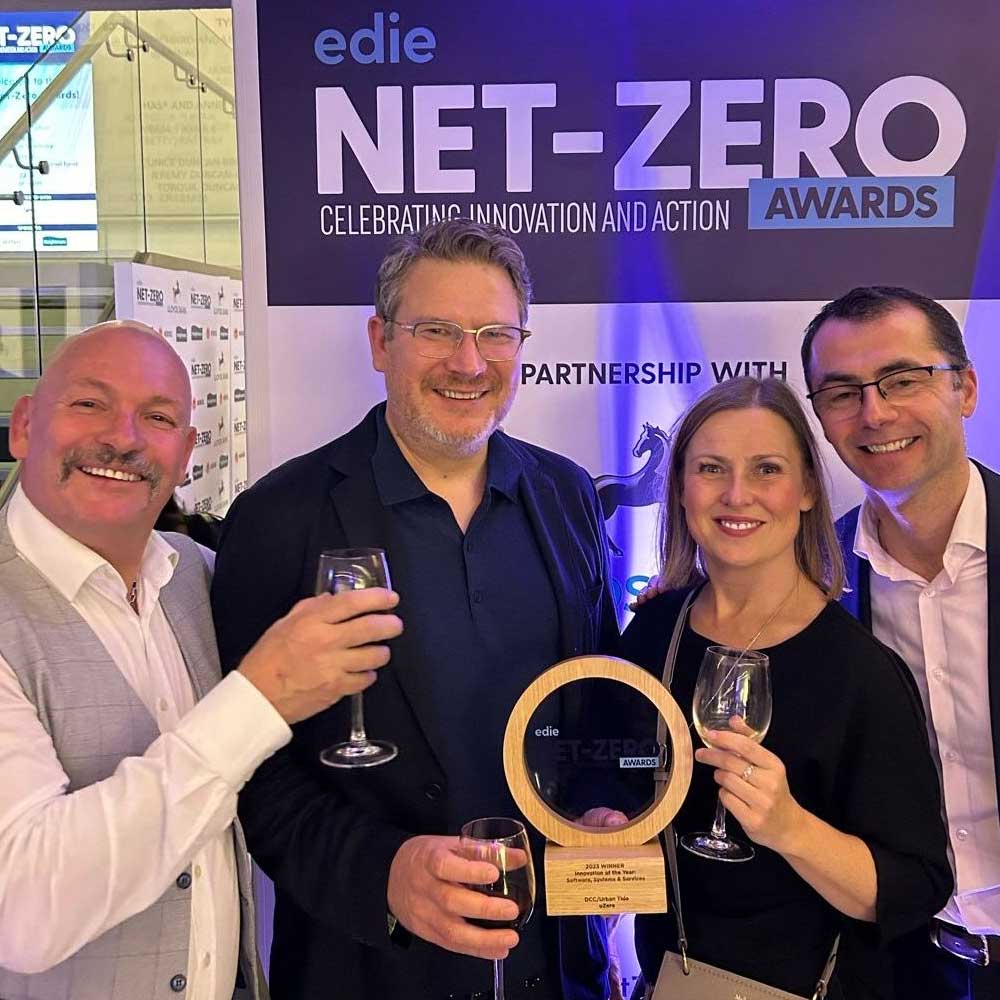
Tackling the growing fuel poverty crisis and supporting the Just Transition to net zero
News

Low Carbon Homes’ Home Upgrade Show: Innovations in Retrofit
News
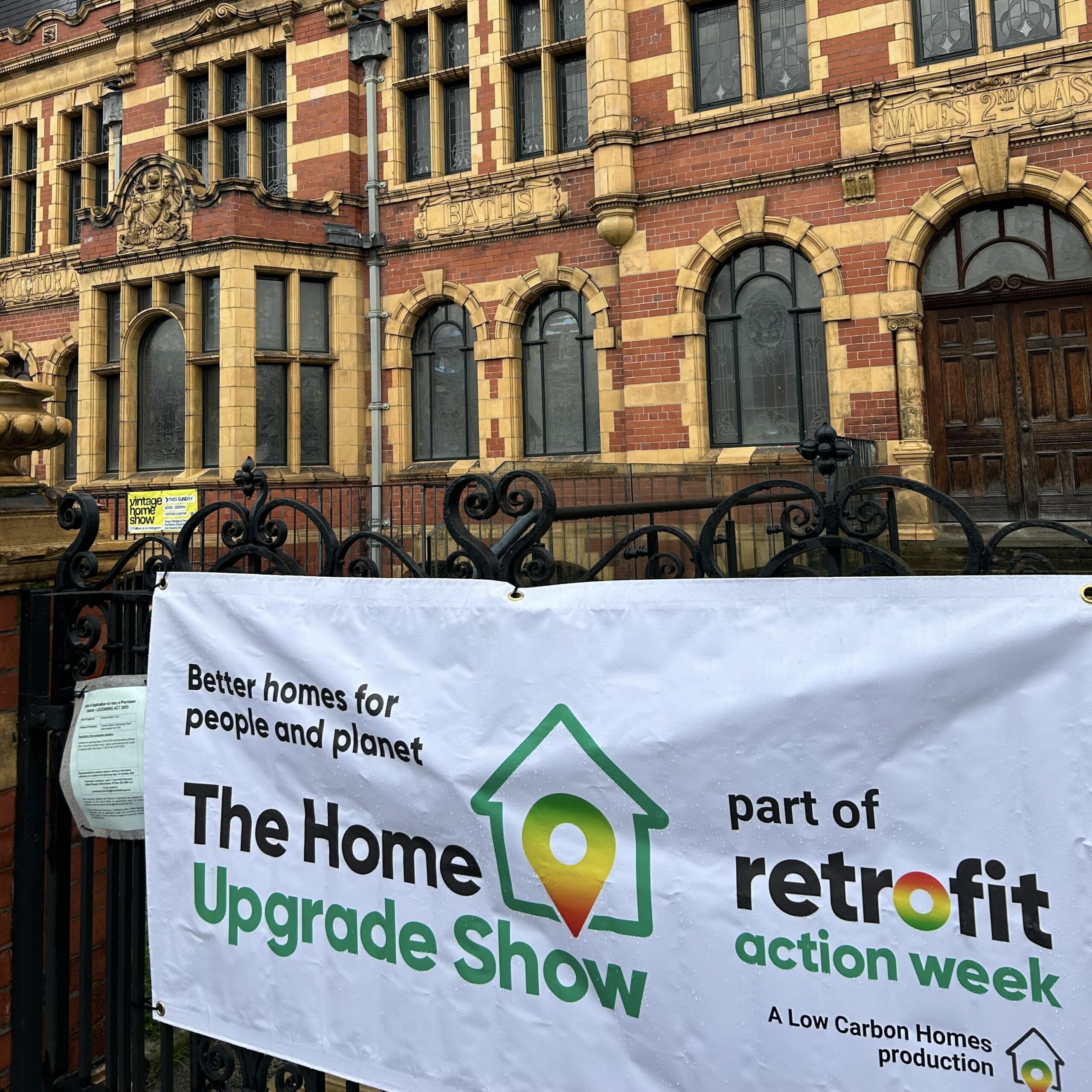
Data Integration and Collaboration are critical for the future of Transportation: Insights from JCT Symposium
News
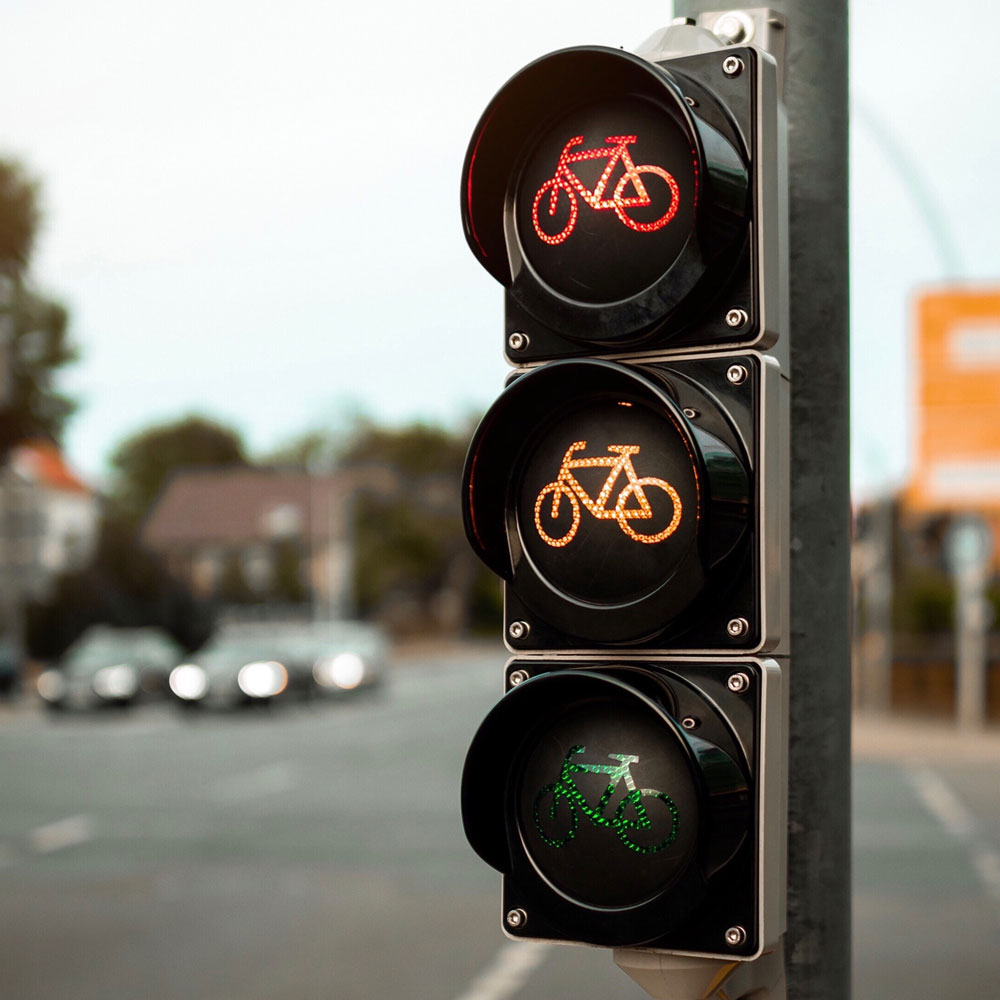
uMove to support Bedfordshire Council to achieve ambitious sustainability plans
News

Active travel, the current challenges and solutions
News

Using the power of data to build cities of tomorrow
News
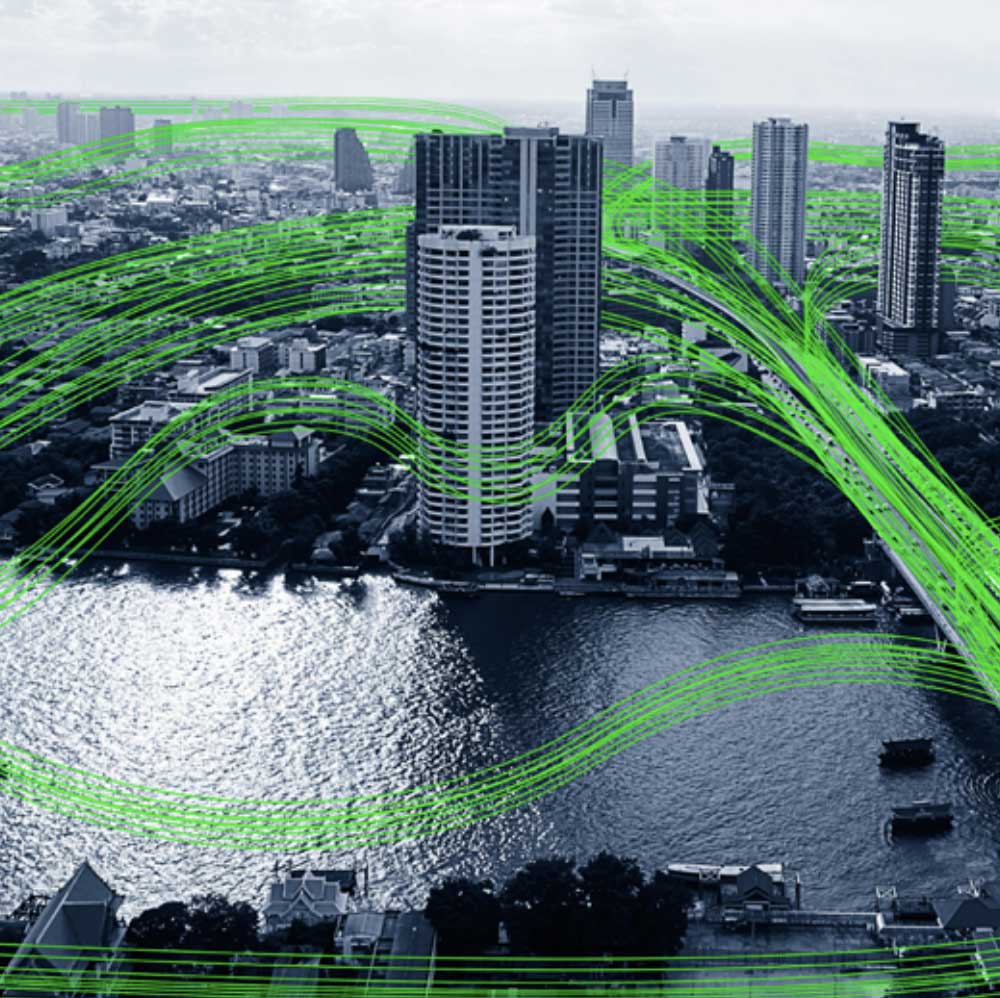
uMove supports the Smart Manuals for Streets programme from DfT
News

Scotland's Cycling Framework Makes Infrastructure Greatest Priority
News
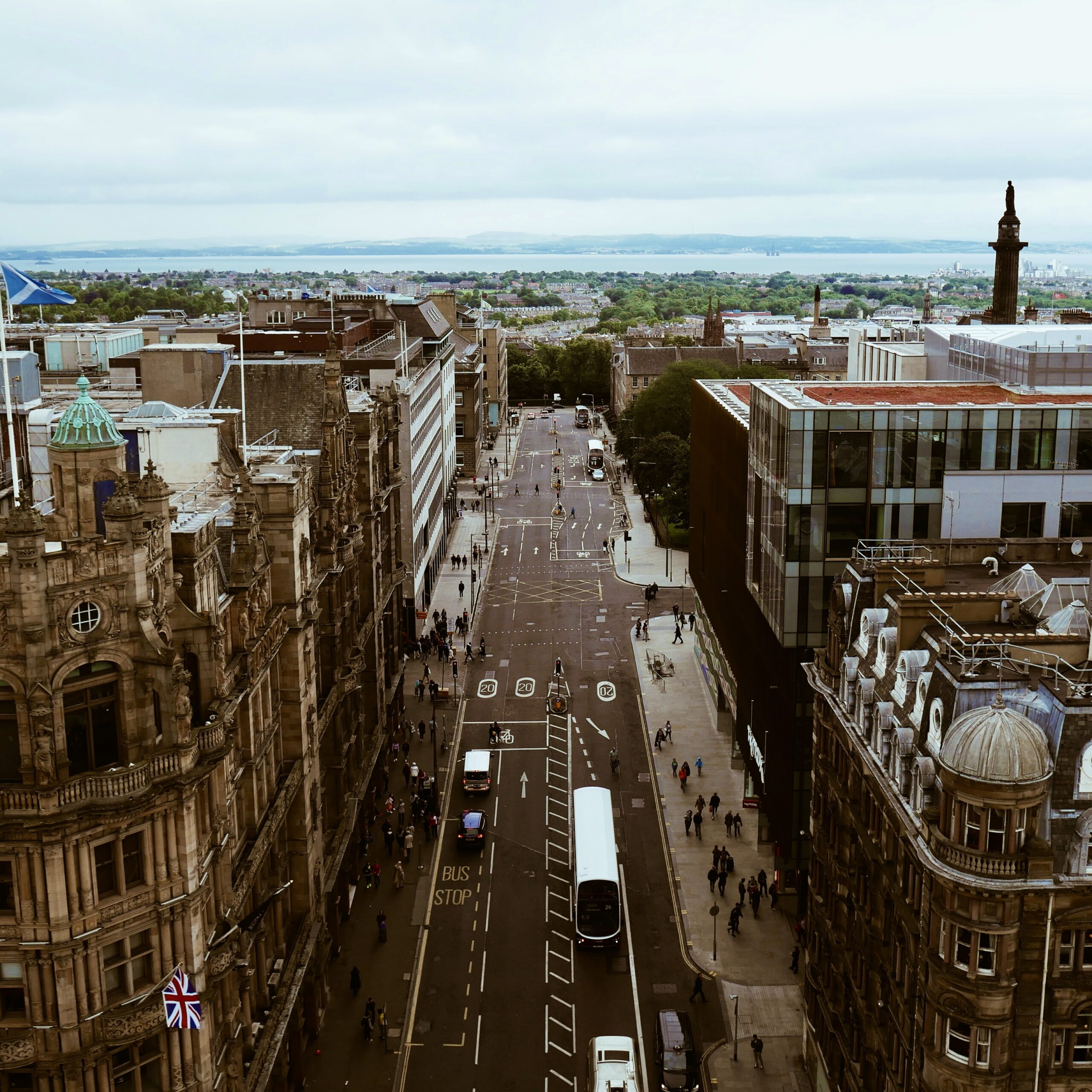
Reducing emissions and improving health with active travel
Cycling Scotland

Targeting energy-efficiency campaigns to households most in need
Greater South East Net Zero Hub

Protecting an aging population from fuel poverty
Dartford Borough Council and Dover District Council

Identifying households eligible for energy grant support
The Wise Group

Facilitating active travel behavioural change with data
SEStran

Helping identify customers in or at risk of fuel poverty.
UK Power Networks
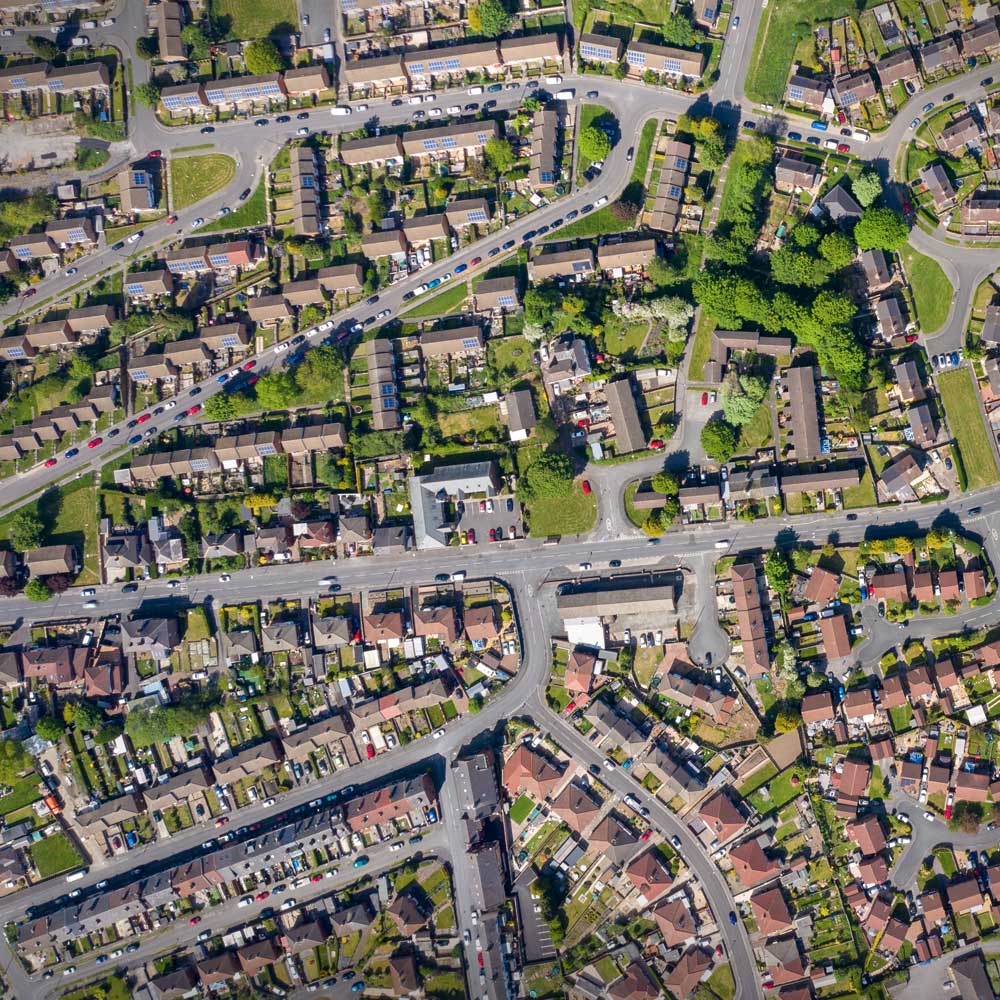
Open data promotes transparency, builds trust and empower citizens
Ireland Open Data Training

Identifying and unlocking new revenue from business rates with AI
North Lanarkshire
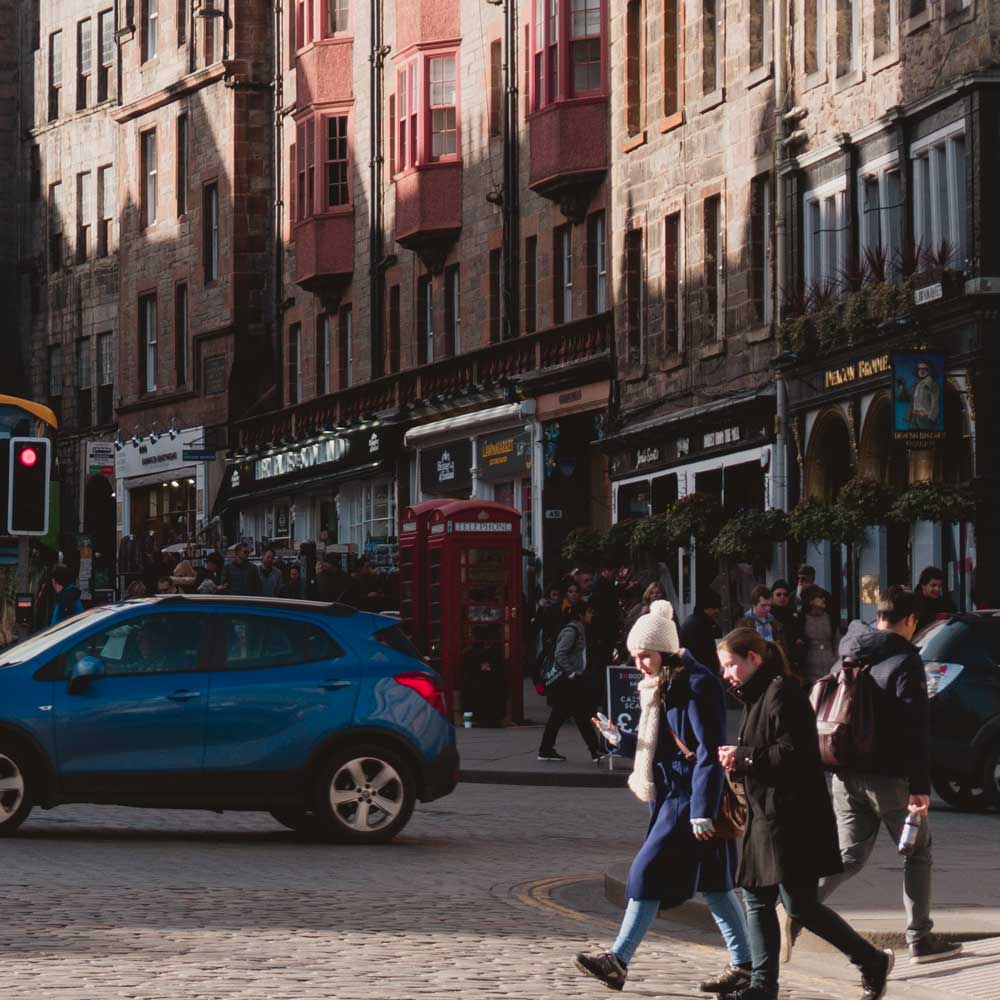
Tackling the growing
fuel poverty crisis with data and AI
UKRI
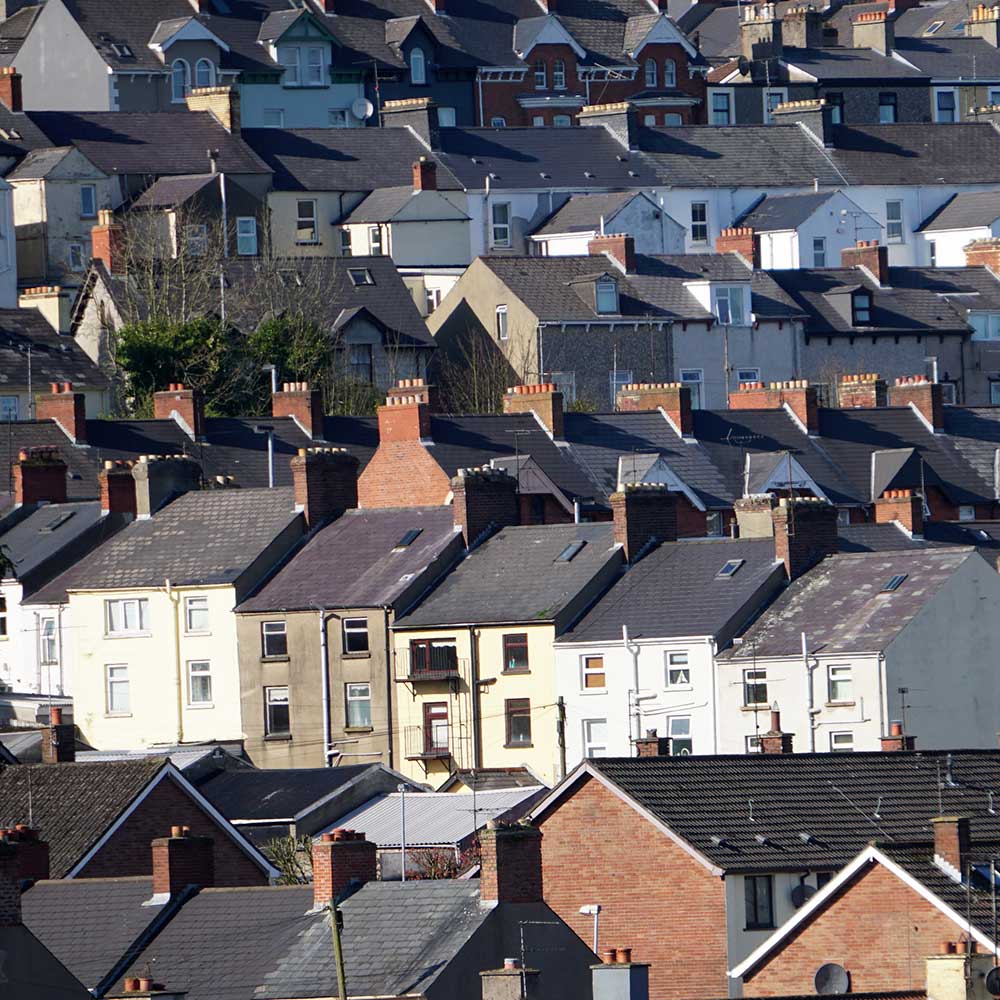
Understanding how we live and use our homes with real-time energy data
Smartline
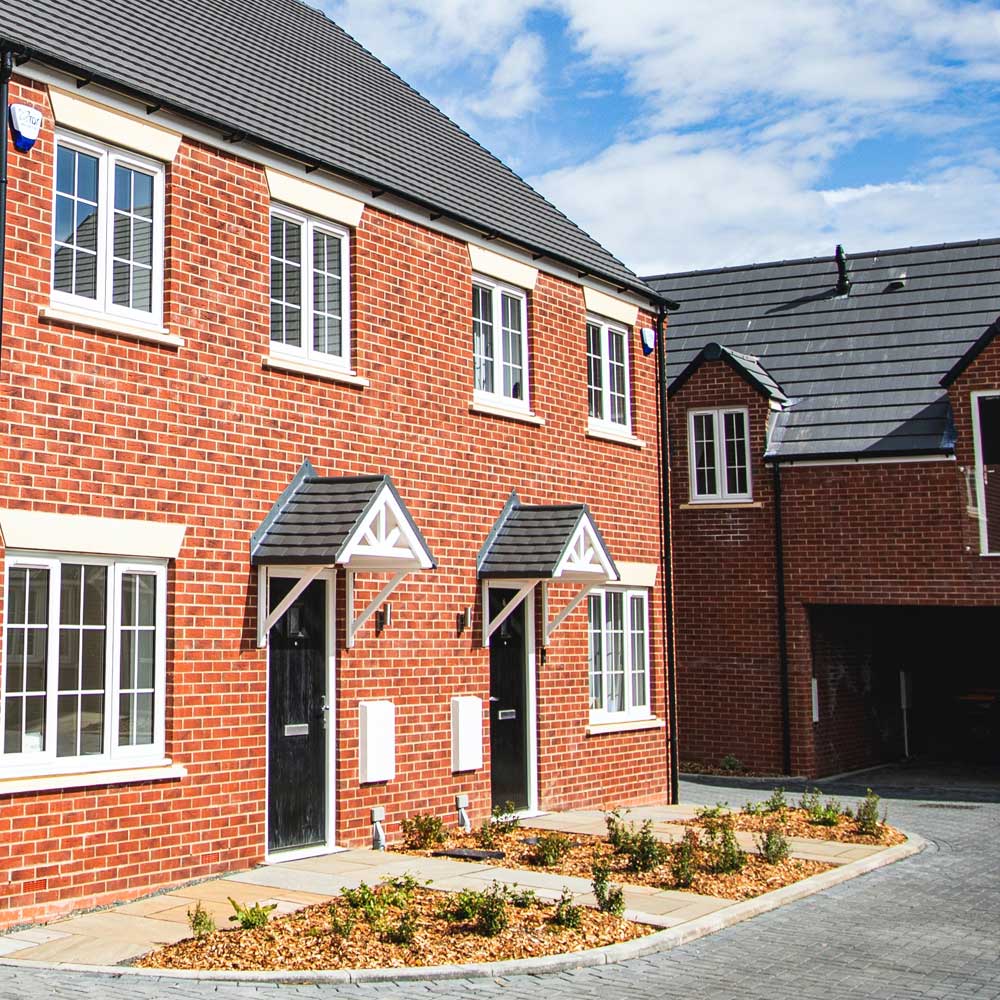
Managing the impact of noise pollution on our cities
Noiseability

Accelerating the transformation of the UK’s energy systems
Energy Systems Catapult
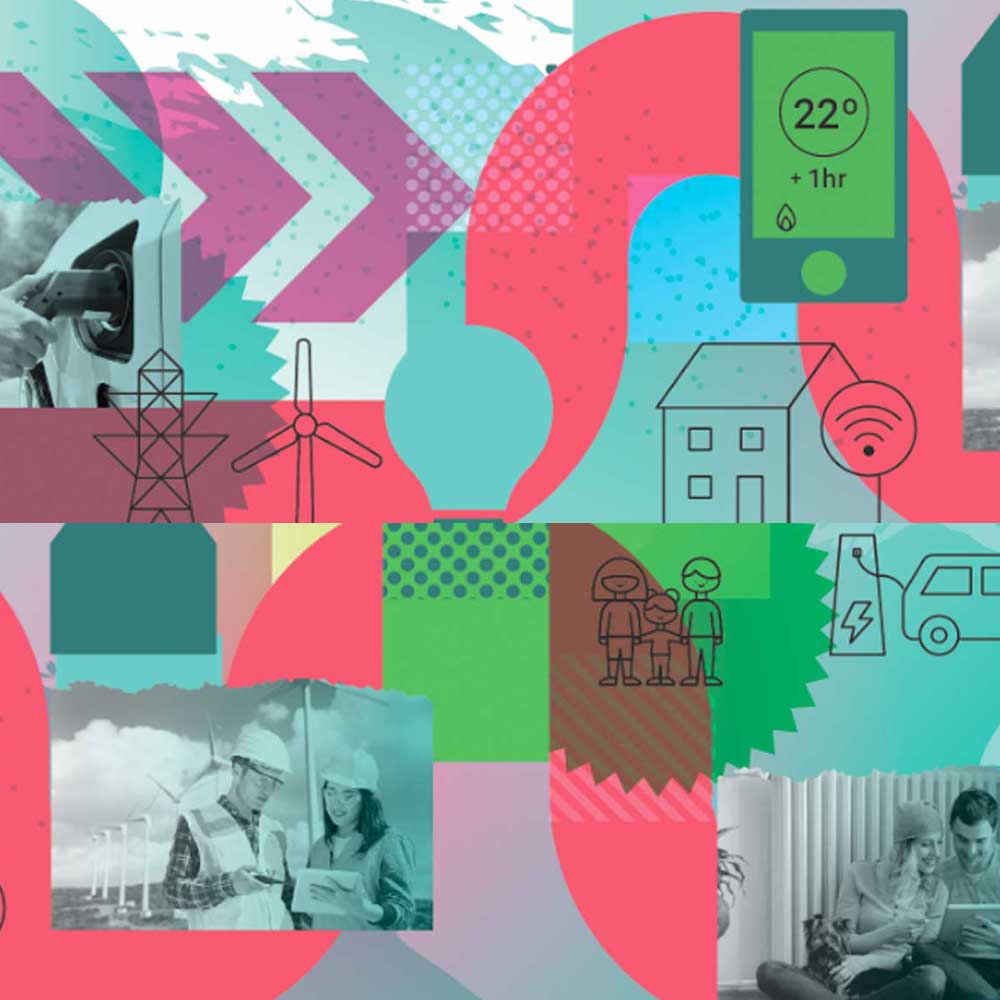
Creating an integrated, affordable low-carbon energy system of the future
ReFLEX Orkney
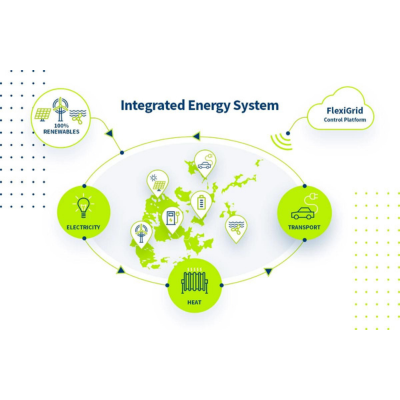
Investing in sustainable transport infrastructure to become carbon neutral
Somerset County Council
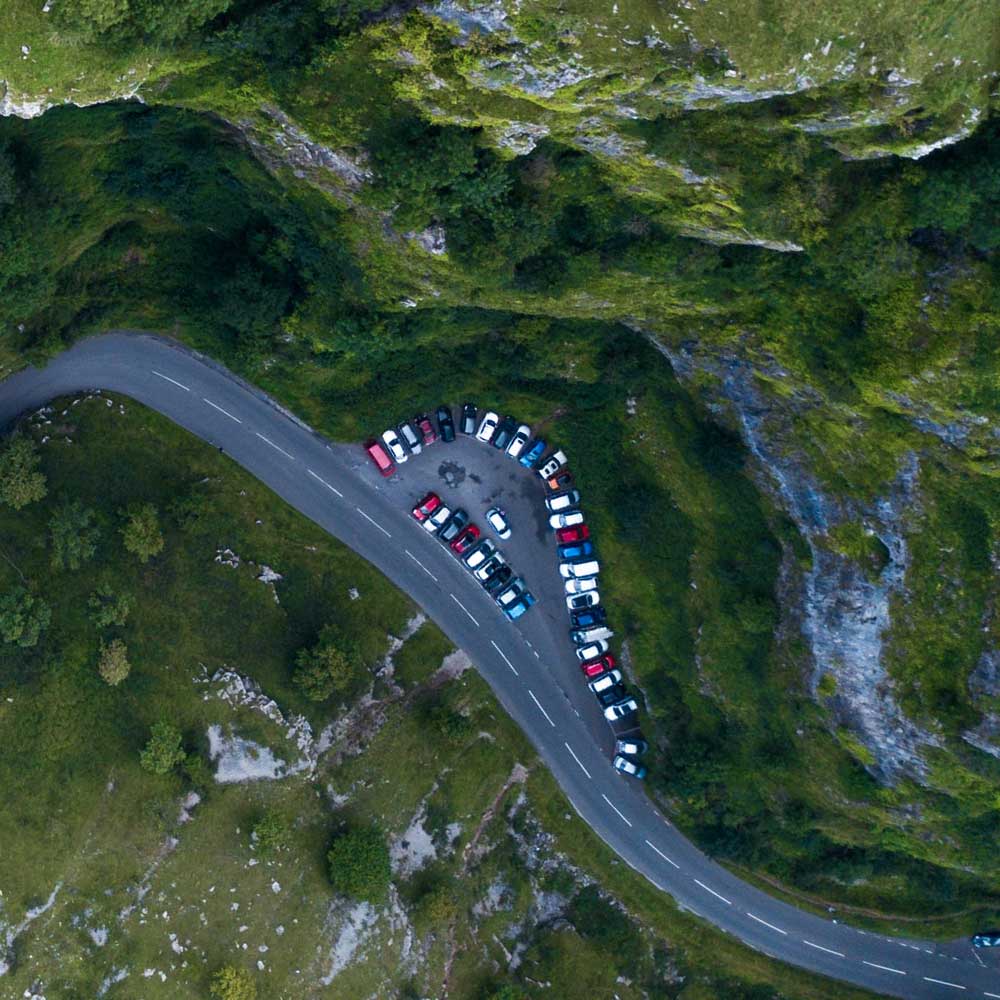
Identifying ageing households at risk of cold and damp home
Sunderland City Council

Innovate UK funding to help our Planet Centred approach to retrofitting Europe’s leakiest homes
News

Open data is now a legal requirement in Ireland and the EU
News

New ‘uZero’ Artificial Intelligence software could help millions with their fuel bills
News
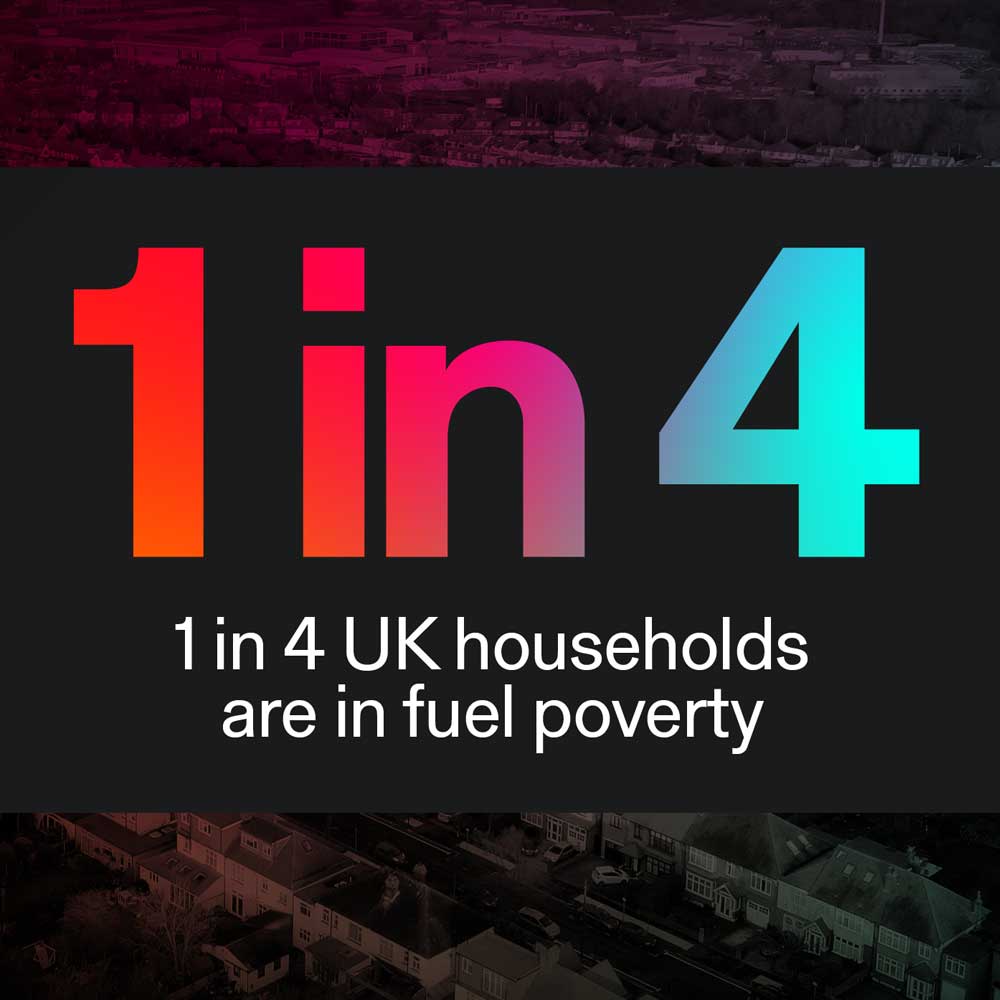
UrbanTide helps secure £48 million funding for Scottish Cities Alliance
News

UrbanTide leads £24 million program to make Glasgow a Future City
News
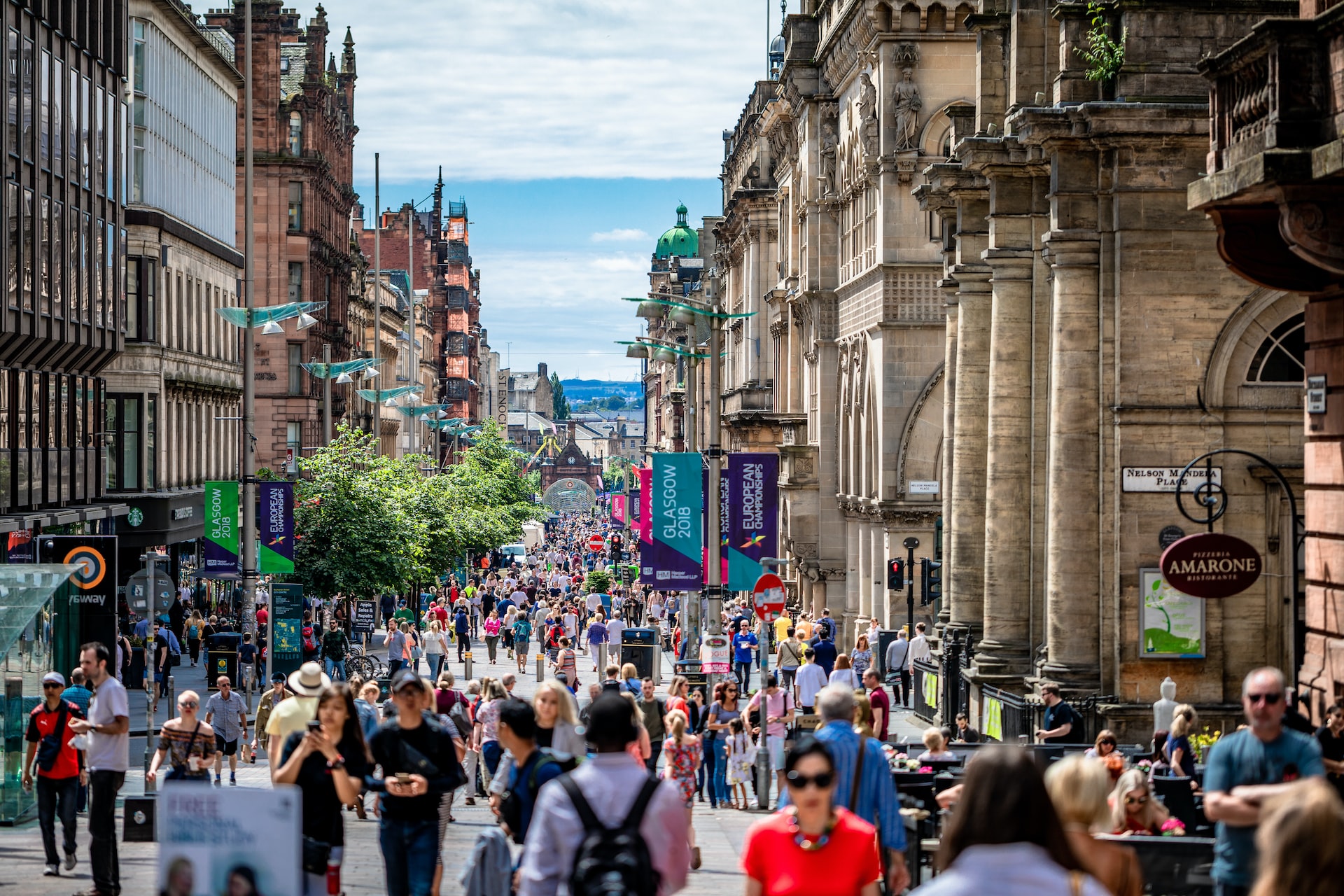
Building smart communities for OPEN Glasgow Engagement Programme
News
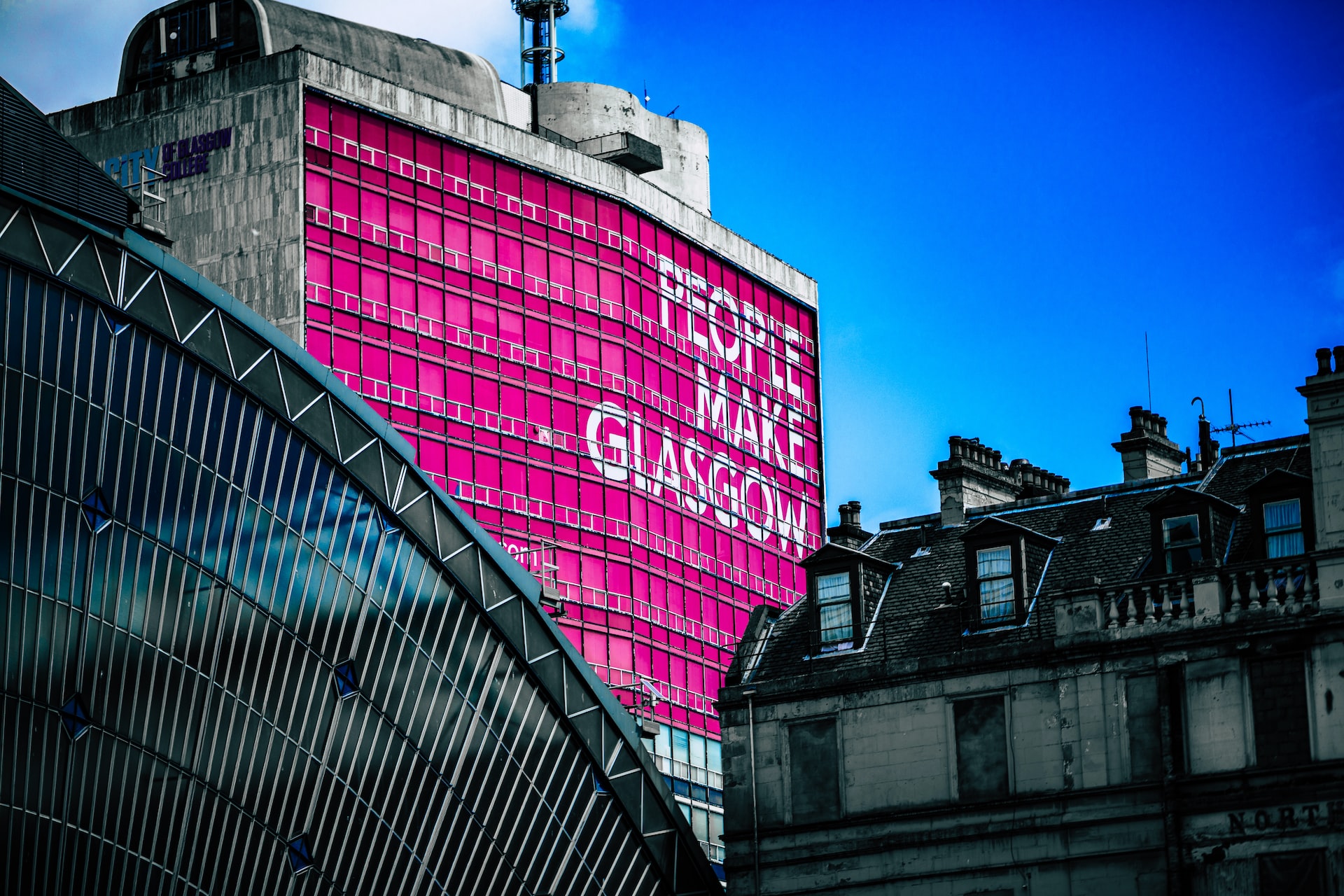
UrbanTide launches IoT data insights platform, uSmart
News

uZero announced as UKRI MEDA competition winner
News
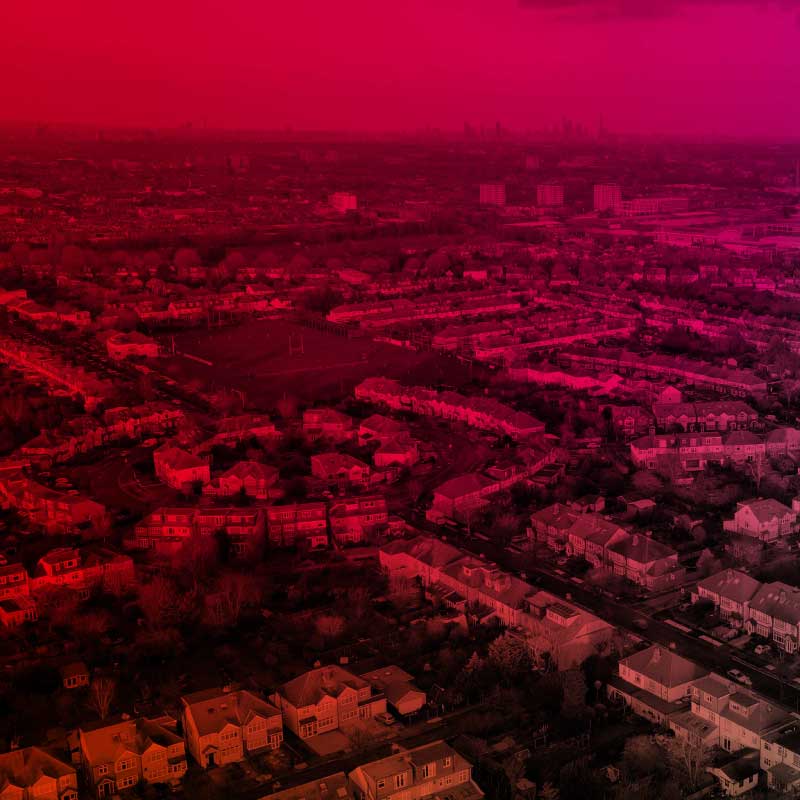
Social Connect is a unique UK Power Networks (UKPN) innovation project
News

UrbanTide announces partnership with Energy Systems Catapult
News

UrbanTide marks four years of Open Data training in Ireland
News

Noisability: UrbanTide wins major bid as part of SynchroniCity program
News

UrbanTide joins prestigious Artificial Intelligence accelerator
News

UrbanTide recognised at ScotlandIS Digital Technology Awards
News

ODI publishes case studies that show how open data can be used in service redesign
News
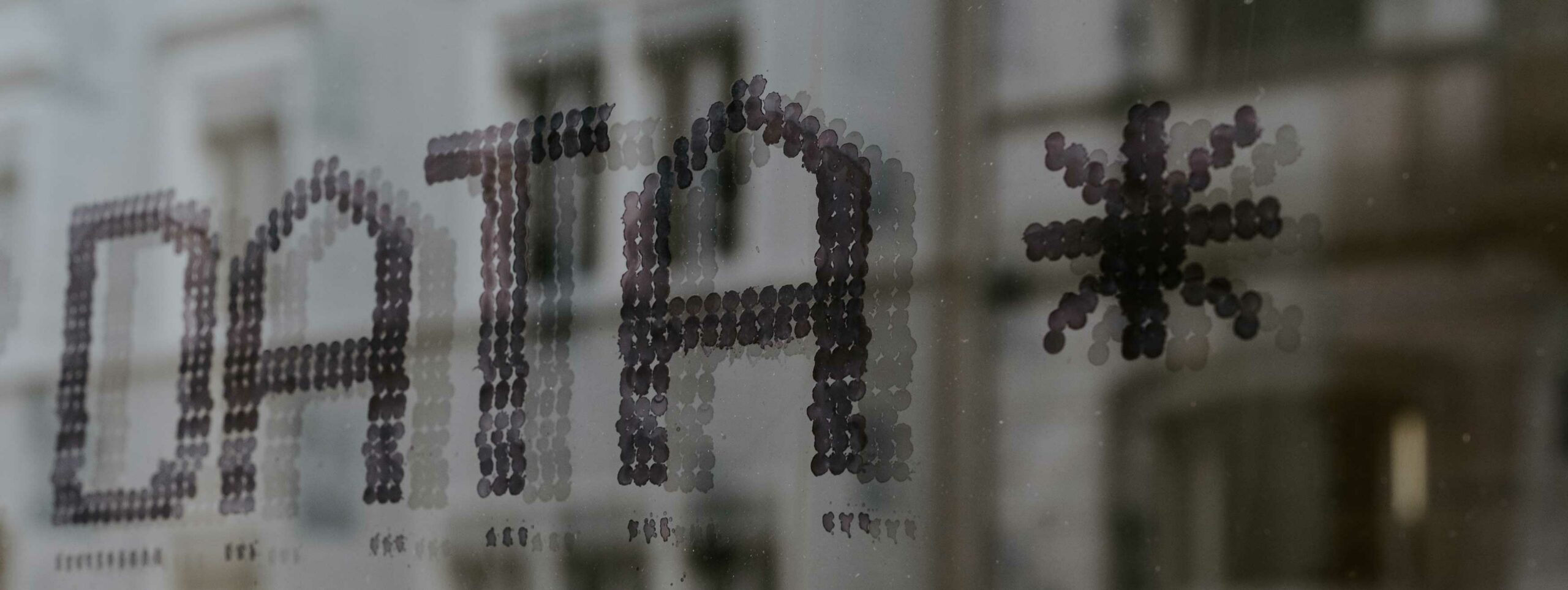
UrbanTide teams up with North Lanarkshire Council to make better services with data
News

UrbanTide, Snook and North Lanarkshire Council announced as finalists for the 2018 Digital Technology Awards
News

Innovative smart communities IoT project powered by USMART
News
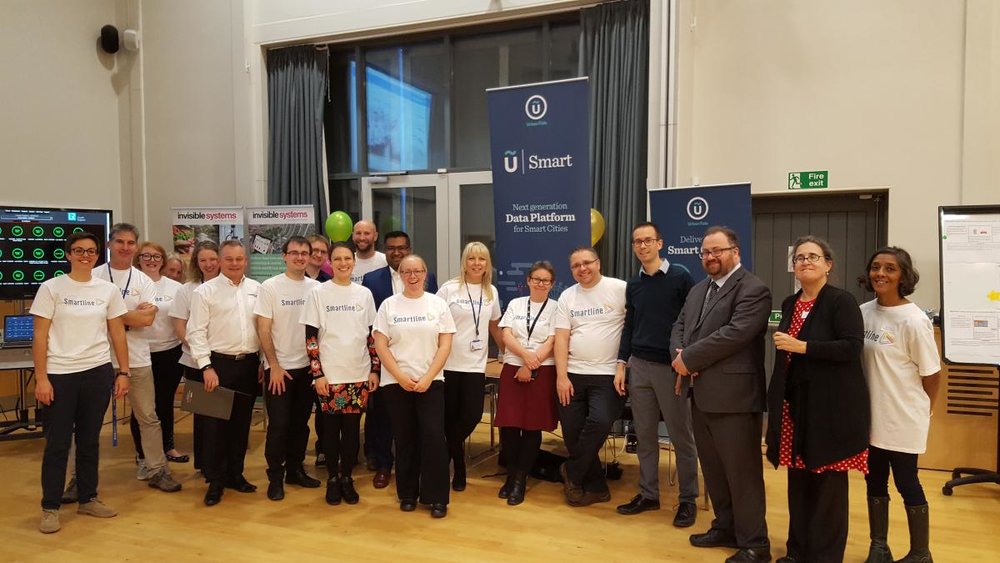
The Power of Data Science in the Health and Care Sector
News

UrbanTide to help transform Ireland by unlocking the power of open data
News

Stay ahead of the curve by learning more about these new smart cities standards
News

#DataFest17 - 12 key lessons we learned about smart cities, communities and the future of data
News
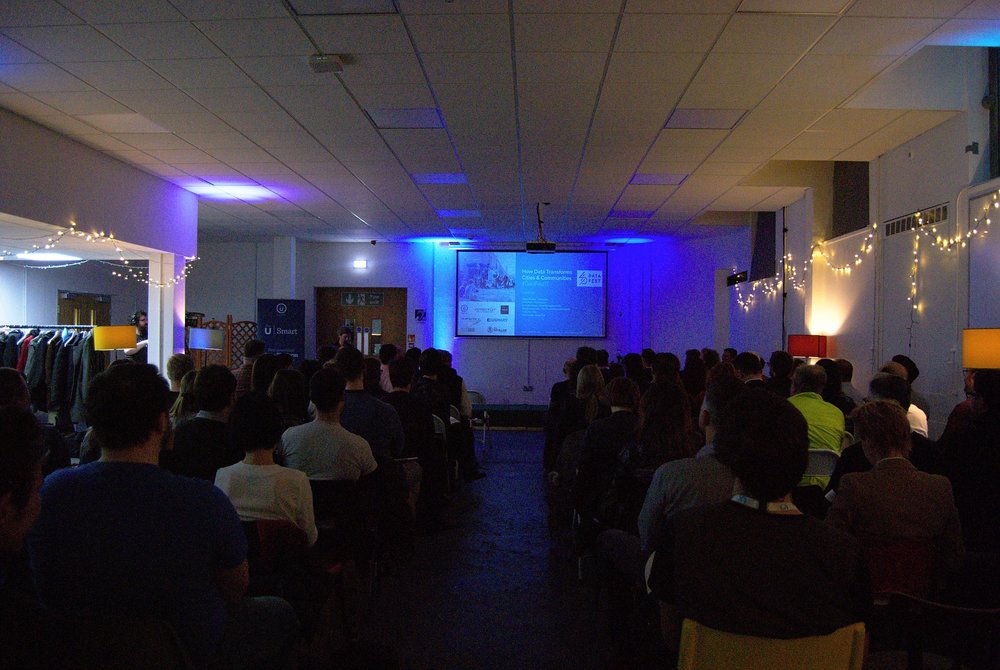
Emerging ideas for a renewed (Y)Our Glasgow City Centre
News
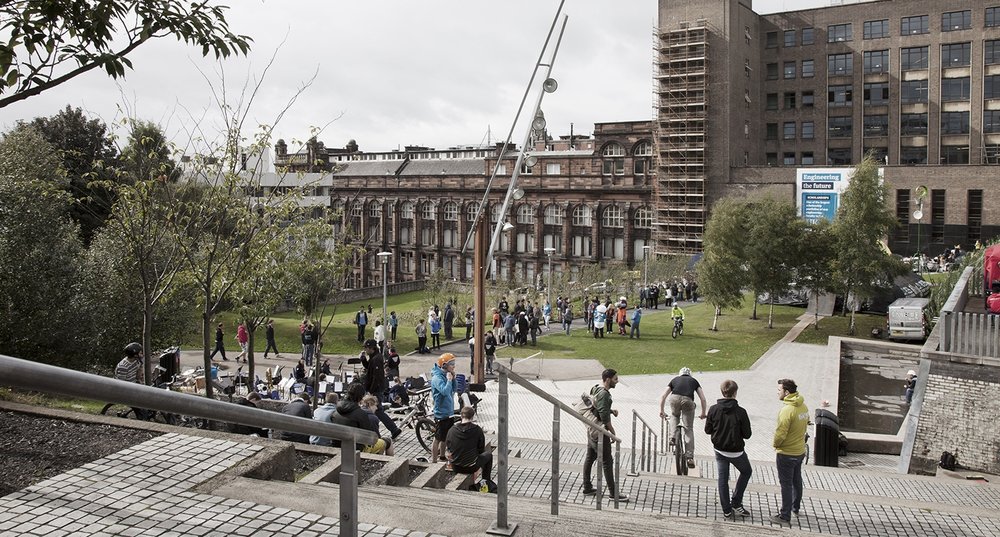
Future Health Hack - building the future of healthcare one line of code at a time
News
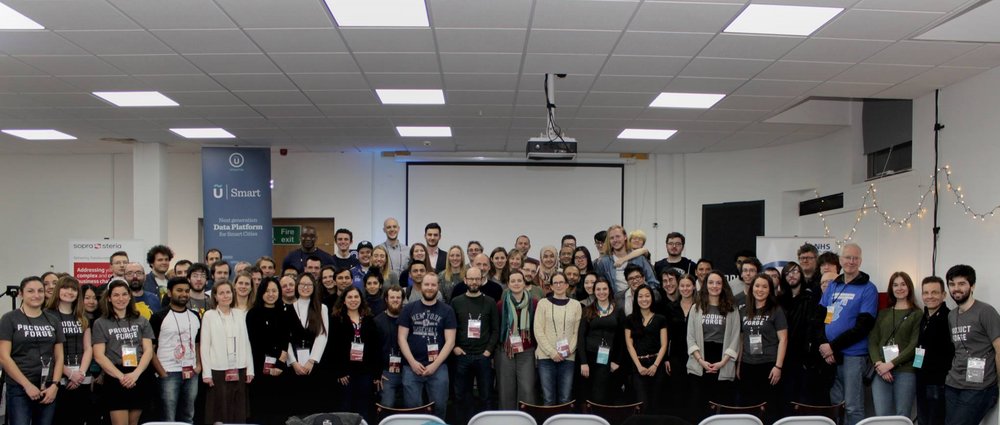
Meet our API Data Explorer – aka your new best friend if you are working with big data
News

Car parks ‘extinct’ in smart cities of the future?
News

3 awesome USMART features - with more coming soon!
News

Data scientists and USMART: a match made in heaven
News

We are now Regional Supporters of Open Data Impact Map
News

Next generation open data platform looking for beta testers!
News

Glasgow city centre regeneration - how smart can Glasgow be?
News
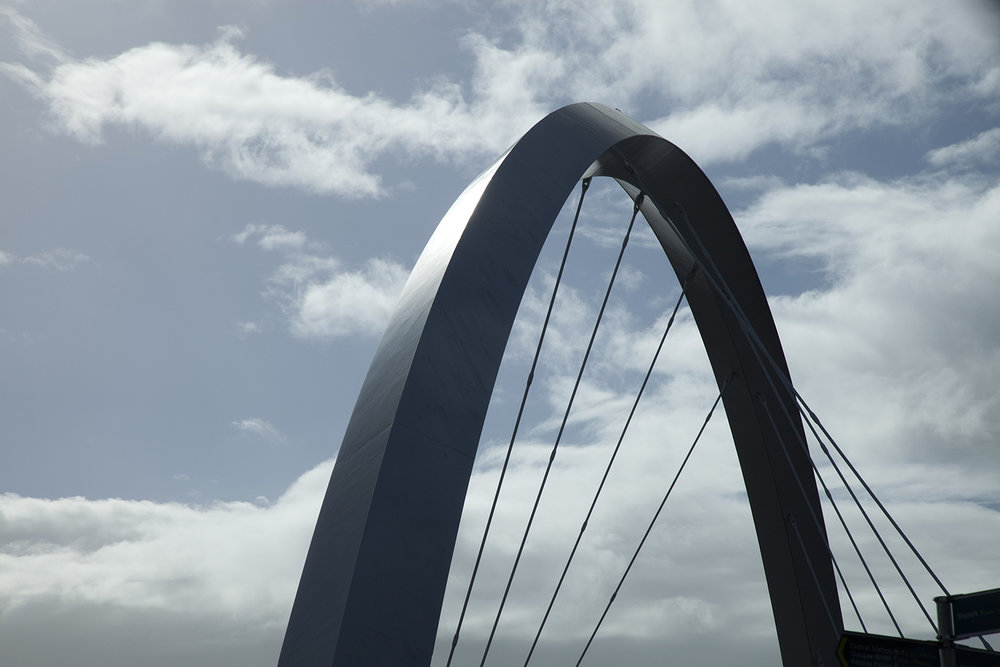
Open data - is the open private sector the next frontier?
News

Open data everywhere! Review of open data maturity in Europe, UK and Scotland
News

Feedback from our year delivering open data training for Scottish Government
News

Announcing our new open data training programme
News

Glasgow City Centre District Regeneration Frameworks
News

Metadata and metadata standards- reflections from our Chief Operational Officer
News

All about our Smart Cities Maturity Self-Assessment Tool
News

Open data training for Scotland's public sector
News
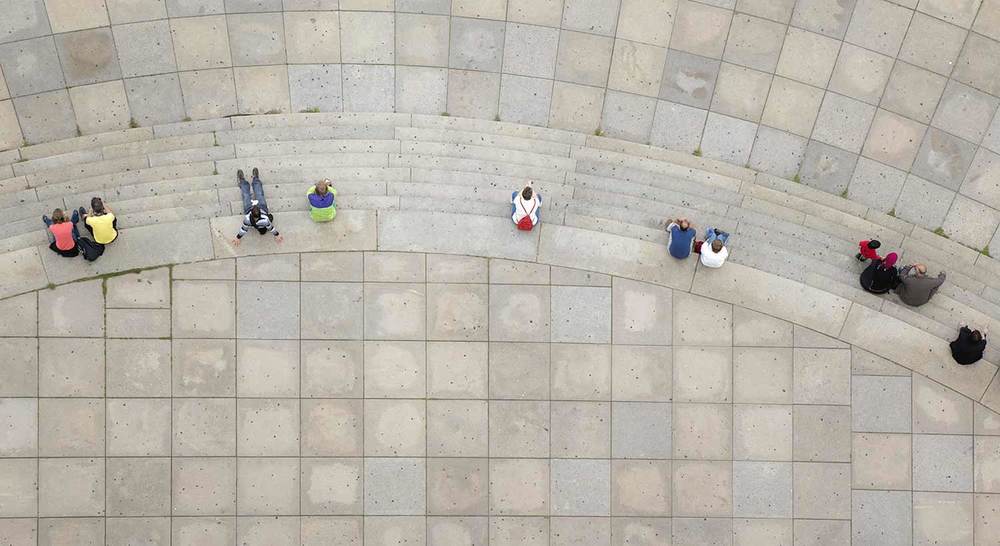
Engage - invest – Exploit (EiE) or Enjoyable - interactive - Experience (EiE)
News

UrbanTide and India: 5 Lesson's Learned from Simon's Trip to the Subcontinent
News
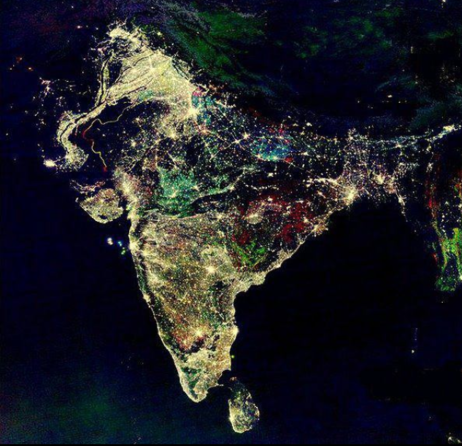
Cisco and the Smart Cities Council: 4 Messages from America...
News
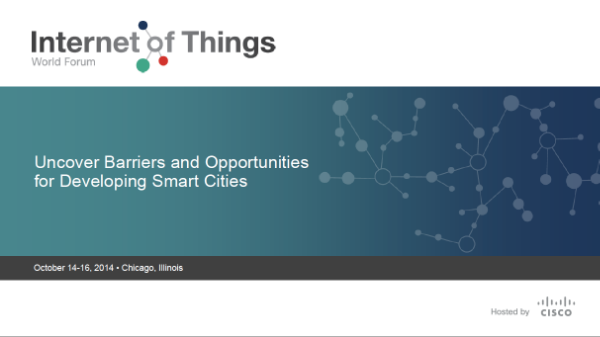
Edinburgh continues to iterate, and then iterate again
News

Start your journey
Take a look at our product page to find out which UrbanTide AI tool has been designed for your needs.
Find out how we can support your data and AI projects and see our growing AI portfolio in action.



